Apple iPhone 14 Cameras
Image Sensors Technology
iPhone 14 vs iPhone 13: Cameras
The iPhone 14 has two cameras on the back, just like the iPhone 13, but the newer model includes a faster aperture (ƒ/1.5 rather than ƒ/1.6) and a larger sensor on the main camera to bring better overall performance and improvements in low-light shooting.
The iPhone 14 also benefits from a new Photonic Engine computational system that helps capture more detail in challenging light and aids features such as the new Foreground Blur in Portrait Mode. The improvements in low light photography don’t just mean that the resulting photos are better, it means that when you are taking a photo in low light you don’t have to hold the iPhone steady for as long.
It’s not just the cameras on the back of the iPhone 14 that are better than the those on the iPhone 13. The selfie camera — aka the TrueDepth camera used for FaceTime and Face ID — has also been upgraded on the front of the iPhone 14. This camera gains autofocus and a wider aperture, which will lead to improved low-light performance.
TechInsights: Apple introduced an upgraded main rear cam on the baseline model iPhone 14, a revised front camera module on the iPhone 14 Pro/Max and of course a long-anticipated rear camera resolution upgrade that finally came to the iPhone 14 Pro/Max.
Front Cameras
The Apple iPhone 14 and 14 Plus appear to have the same Front-facing camera module as that of the iPhone 13, at least based on the notch layout, where the position and shape notch is essentially the same. Accordingly, one may speculate that the TrueDepth camera and the Face ID IR Cam/emitter in the new iPhone 14/Plus are likely the same sensors used in the iPhone 13 series (Figure 1).
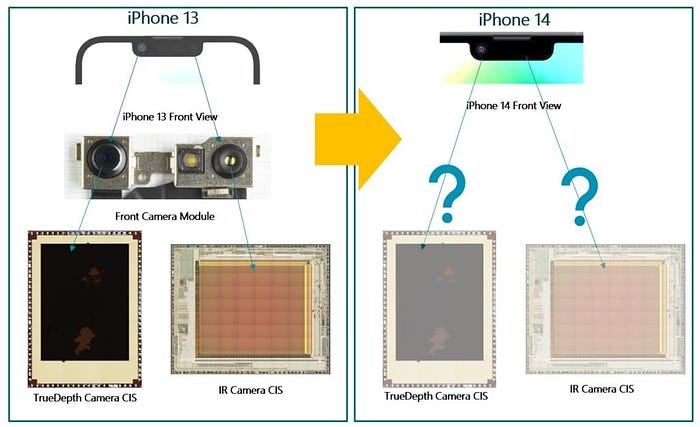
Figure 1. Apple iPhone 13, iPhone 14 Front cameras.
In contrast to the baseline model, the high-end iPhone 14 Pro/Max has undergone a re-deign of the Front camera module, where the notch is now referred to, according to Apple, as a “Dynamic Island”. The opaque area of the “pill-shaped” region camouflaging the front TrueDepth and IR cameras is no longer just a notch, but rather appears to “expand” giving the illusion that it is part of the display, a nice feature that mitigates the appearance of the Front camera module.
Looking at a highly contrasted image from the Apple iPhone 14 Pro/Max, the Front-facing camera module has two regions, one for the TrueDepth and another for the IR camera/emitter components, shown in Figure 2. Here we see that the new iPhone14 Pro/Max module has been redesigned and made more compact. The portion housing the IR Cam seems to be the same as in the iPhone 13 Pro/Max but the housing for the TrueDepth, appears a bit different (Figure 2).
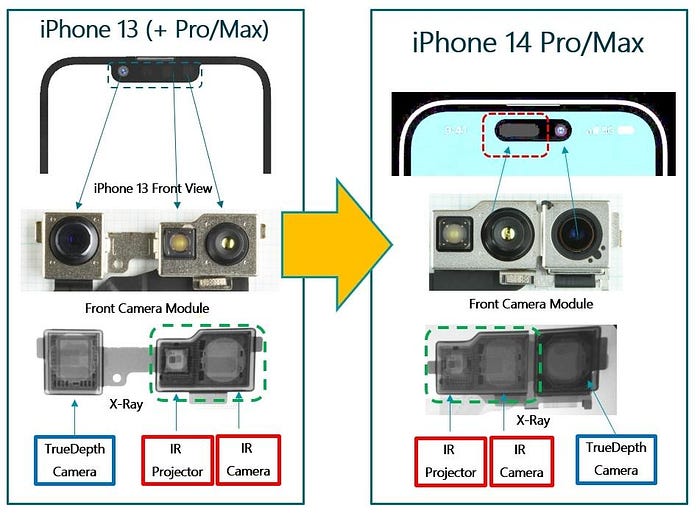
Figure 2. Apple iPhone 14 Pro/Max Front Camera module.
Rear Cameras
The iPhone 14/Plus main Rear camera has been upgraded with a sensor having a larger pixel-pitch of 1.9 µm compared with its predecessor, the iPhone 13 base model Rear cam, where its pixel size was 1.7 µm. The larger 1.9 µm pixel sensor of this year’s iPhone 14/Plus appears to be a re-use from last year’s iPhone 13 Pro/Max rear cam. Figure 3 compares these two sensors, both of which are 12MP with masked PDAF auto focus.
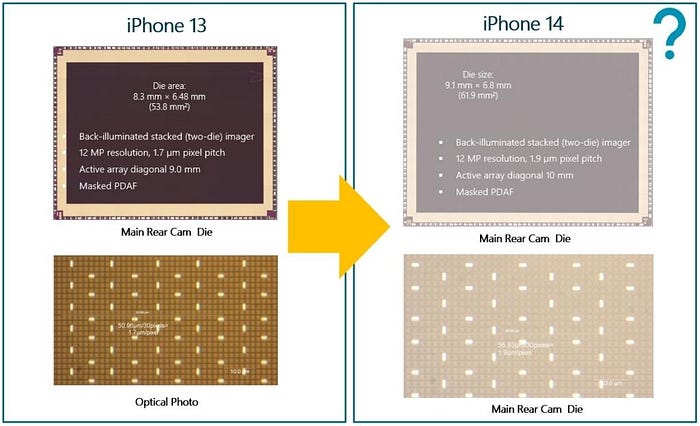
Figure 3. Apple iPhone 13, iPhone 14 main Rear camera.
One of the most notable new features Apple introduced this year is the new main rear camera sensor in the iPhone 14 Pro/Max, with an upgraded resolution of 48MP. The reported pixel-pitch is 2.44 µm for a Quad-pixel. In other words, this sensor’s absolute pixel-pitch is 1.22 µm at a resolution of 48MP or 2.44 µm at 12MP. It is rather interesting that the Quad-pixel reverts back to Apples legacy resolution of 12MP. The Quad pixel, offer a full-array autofocus, also a new feature that Apple introduced.
A full array auto focus improves image quality since there are significantly more pixels to provide a PDAF signal, particularly under low illumination, as compared with the legacy partial (Masked) PDAF method. It was speculated that the main Rear cam 48MP sensor had a 2×2 Microlens pitch of 2.44 µm (Figure 4 below).
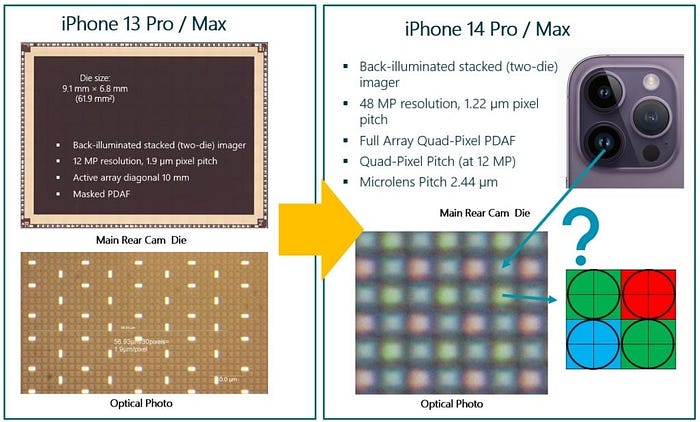
Figure 4. Apple iPhone 13 Pro/Max, Apple iPhone 14 Pro/Max main Rear camera.
In fact, our recent analysis of the iPhone 14 Pro/Max shows that this new 48 MP sensor is similar to its predecessor in that it also uses Masked PDAF. As always, Apple adopts only incremental enhancements and it seems that Masked PDAF is their preferred approach, except here, the dedicated auto focus pixels are now grouped in a 2×2 arrangement, as shown in the Image of Figure 5.
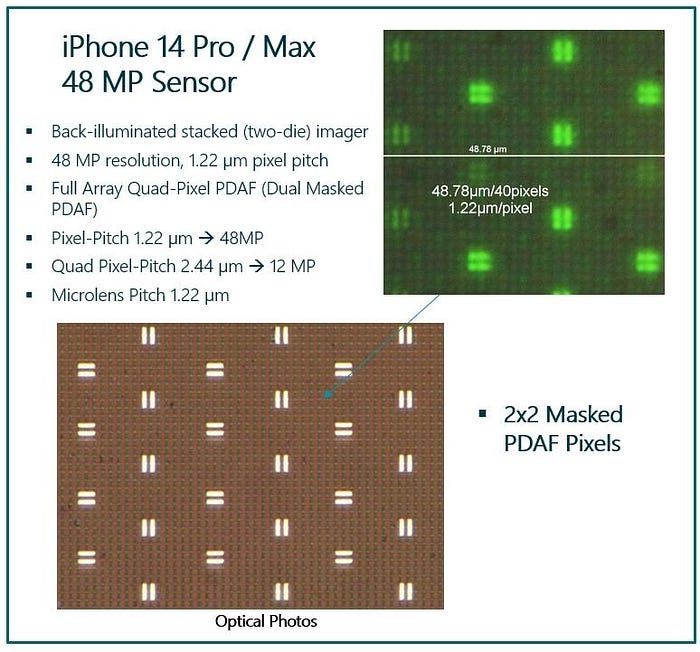
Figure 5. New 48MP sensor from the Apple iPhone 14 Pro/Max main Rear camera.
In addition to the new Rear cam, the iPhone 14 Pro/Max Ultrawide cam was reported to have a full array autofocus pixels, but preliminary images of the pixel array confirm this not to be the case. The iPhone 14 Pro/Max Ultrawide cam image sensor appears to be the same as (and possible a re-use of) the iPhone 12 Pro main Rear cam, a 1.4 µm pixel pitch 12 MP resolution Sony sensor. Figure 6 shows side-by-side optical photographs of the two cameras, confirming the use Masked PDAF for the new Ultrawide camera.
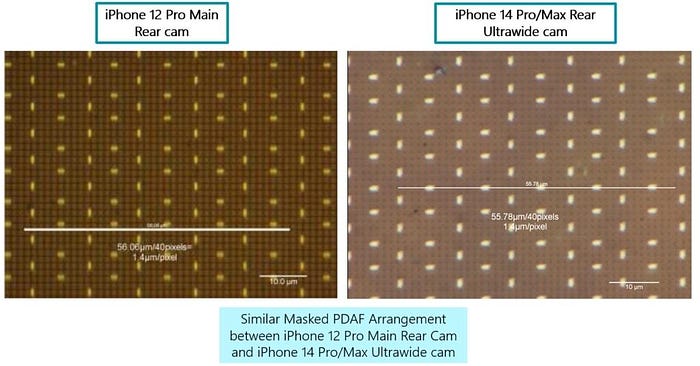
Figure 6. Comparison between the iPhone 12 Pro Main Rear cam and the iPhone 14 Pro/Max Ultrawide Rear cam, both with a 1.4 µm pixel pitch and a 12 MP resolution.
Reference
